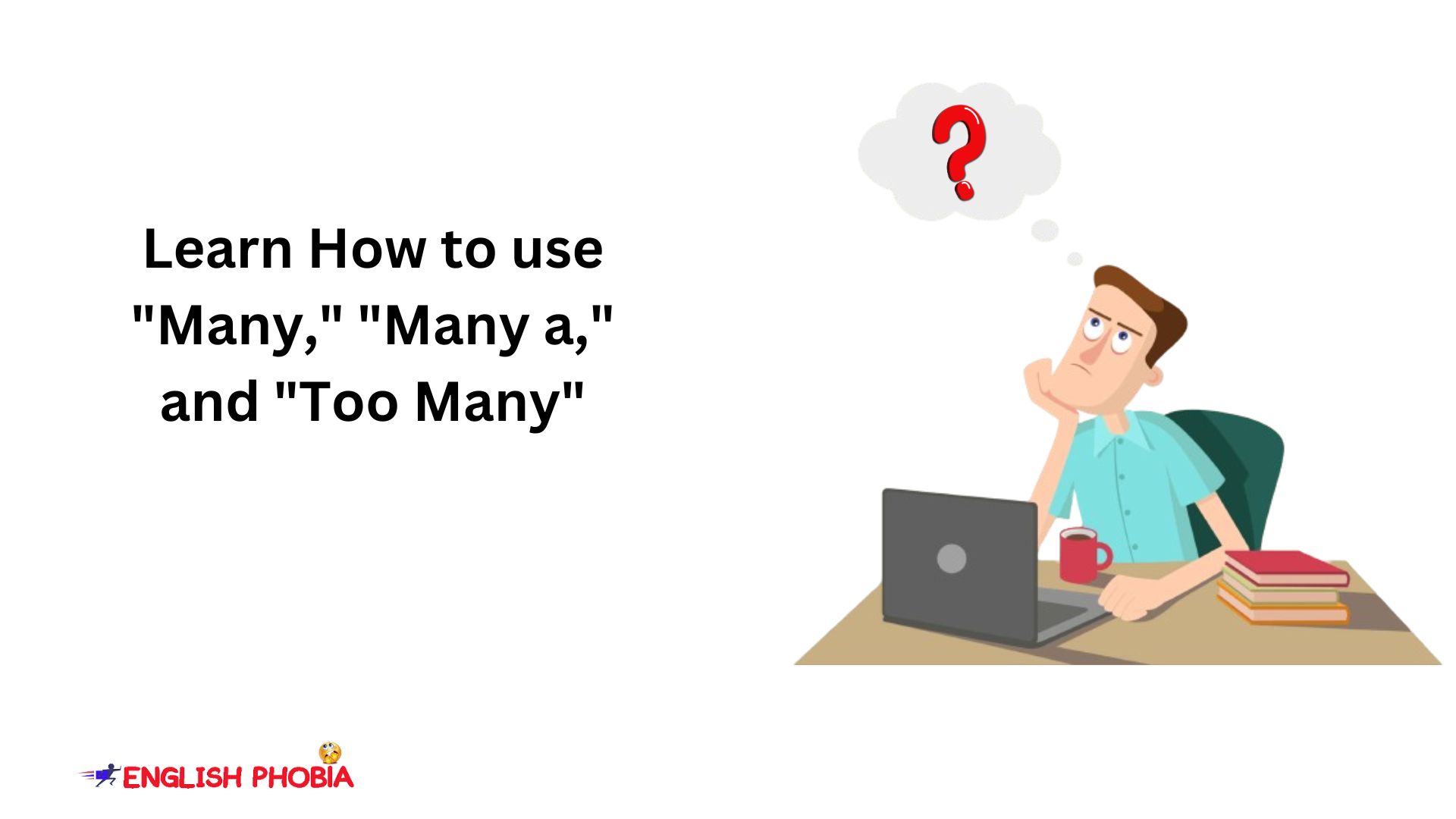Do you also want to play with words in English? You have enough knowledge of English grammar and can speak well. But you are still using an ordinary way to form sentences. Here you are going to learn how to use objects and various contexts in sentences differently.
Here are 5 rules that will help you how to use objects at different parts of sentences uniquely. Let’s get started with the rules to use objects one by one.
Indirect object pronouns streamline sentences while retaining clarity.
Rule 1: Using “to” with Indirect Objects (Double Objects)
We use this format of sentences when we have two objects in a sentence. We show the recipient of an action using an indirect object. We can use it before the indirect object for emphasis.
For example,
1) Neha gave a birthday surprise to her friend.
Indirect Object: her friend
Direct Object: present
2) Varun sent an iPhone to his cousin.
Indirect Object: his cousin
Direct Object: iPhone
3) Mr. and Mrs. Roy showed their new house to their family.
Indirect Object: their family
Direct Object: house
Rule 2: Using Prepositions with Objects (Single and Double):
We also use prepositions with objects to provide context. The prepositions clarify the relationship between the subject and the objects in a sentence.
For example,
1) Chinki listened to the music in the park.
Object: the music
Preposition: in the park
2) Aryan kept his bag on the table.
Object: his bag
Preposition: on the table
3) Sandeep looked at the stars through a telescope.
Object: the stars
Preposition: through a telescope
Rule 3: Using Prepositions with Indirect Objects (Double Objects)
We can also use prepositions before indirect objects to show relationships. They provide extra information about the action and the recipient in this case.
For example,
1) Arjun gave a birthday present to his friend at the party.
Indirect Object: his friend
Preposition: to
Direct Object: present
Preposition: at the party
2) Aashu sent a resignation letter to his boss via email.
Indirect Object: his boss
Preposition: to
Direct Object: Resignation letter
Preposition: via email
3) They showed their new house to us during the tour.
Indirect Object: us
Preposition: to
Direct Object: house
Preposition: during the tour
Rule 4: Using Object Pronouns with Verbs (Single and Double)
Object pronouns replace nouns. We can use them with both single and double objects. They save space and decrease the repetition.
For example,
1) She loves them equally.
Object: them (replaces “her children”)
2) He taught us the lesson.
Object: us (replaces “students”)
Direct Object: lesson
3) They sent a message to her.
Object: a message
Preposition: to
Object Pronoun: her
The use of objective case of pronouns in sentences avoids the repetition of words.
Rule 5: Mixing Single and Double Objects
Sometimes we have both single and double objects in a sentence. Using all of them in a sentence makes it complex. This is how you can use them as per the above rules.
For example,
1)She bought her daughter a toy from the store.
Indirect Object: her daughter
Direct Object: a toy
Preposition: from the store
2) He sent me a gift for my birthday.
Indirect Object: me
Direct Object: a gift
Preposition: for my birthday
3) They showed us their garden during our visit.
Indirect Object: us
Direct Object: their garden
Preposition: during our visit
Connecting single and double objects adds depth and clarity to your writing.
After learning how to use objects with these rules, you can easily understand different parts of sentences. These rules help you learn how to use objects differently. We have two types of objects in the English language. We can use them together and separately. The use of prepositions with objects adds more clarity to your writing.











